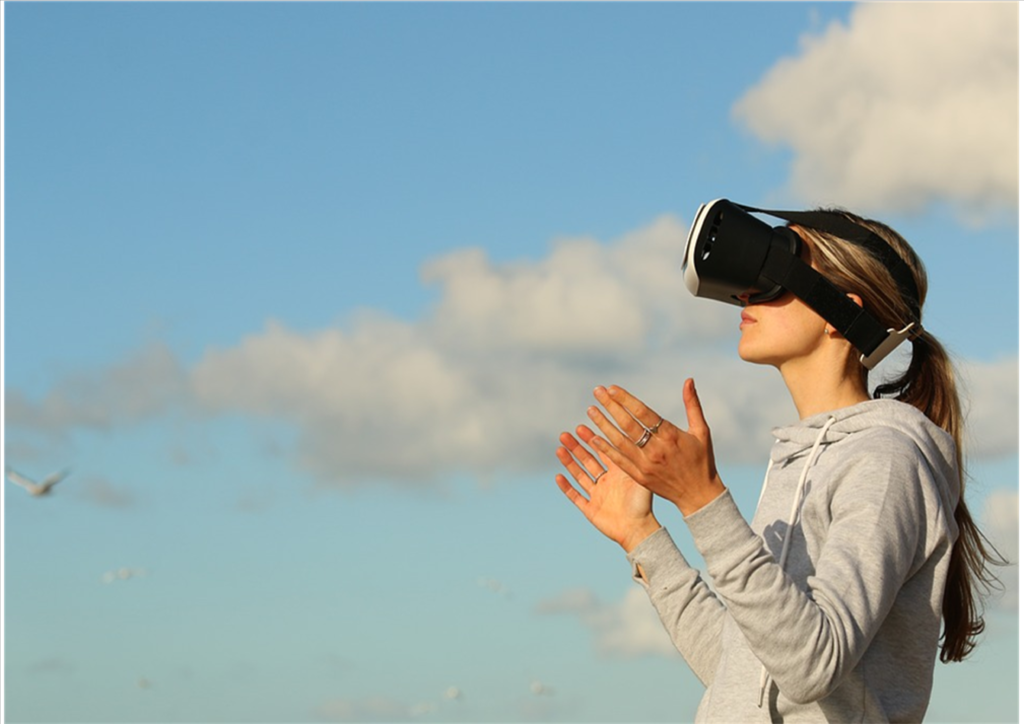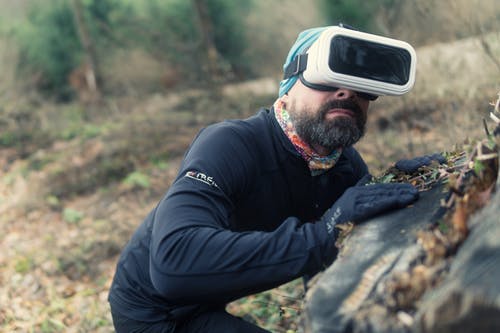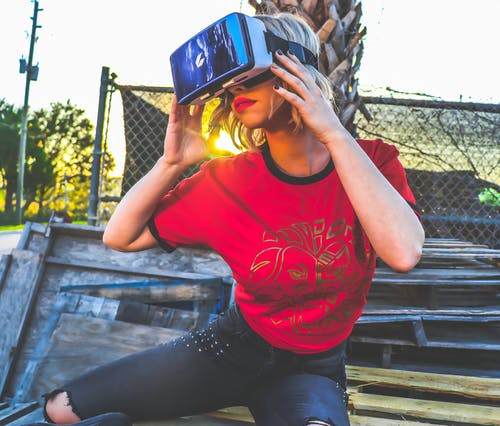How Virtual Reality is Improving Extreme Sports and Benefiting Athletes

Contributing Author: Magnolia Potter
Virtual reality is being used around the world and has a meaningful presence in society. It allows you to experience new places and things that would otherwise be unavailable due to many potential restricting factors. With the use of Google Earth VR, for example, you can see places you’ve only dreamt of going to. The opportunities for the future of VR are endless.

The benefits VR can have for athletes have also become a reality. How can professional athletes use this innovative technology to boost their performance and break athletic records? Let’s take a look:
VR Benefits for Athletes
Virtual reality is transforming the extreme sports industry and having a positive impact on athletes. Virtual reality is defined as technology that provides an immersive visual and auditory sensory experience that creates the illusion of an artificial environment. It typically involves a headset equipped with headphones or speakers, sometimes with hand controllers as well. Some relatively inexpensive VR systems only require a smartphone.
Innovators have demonstrated the promise of this technology. Red Bull is bringing the adrenaline rush athletes experience in extreme sports such as skydiving, downhill skiing, and helicopter acrobatics to our living rooms through virtual simulations. VR and augmented reality can also be used to train athletes by simulating environments without the need to travel as a means of helping them improve their performance.
Filming for these experiences is done by other athletes doing extreme sports, allowing competing athletes to experience their own sport through another lens. Any athlete who has wondered how another athlete has performed a certain trick or act of agility can now live through the experience in real time.
Currently, NFL players revisit past games using VR to learn from past mistakes and to better their performance on the field. This strategy can be applied in extreme action sports as well. For example, elite snowboarders and skiers could learn from one another about new tricks and style techniques by adopting the same practice.
Alpine Mountaineering
For those that look forward to summiting Everest or climbing similarly challenging high-altitude peaks, virtual reality has opened up a whole new training program. In the past, those who wish to summit the jagged beasts of the high Himalayas were forced to spend weeks at intermittent base camps to acclimatize to avoid altitude sickness.

That’s changing with the help of VR innovators. Hypoxico has developed training gear that allows you to acclimatize in the comfort of your home. The company has designed a tent and mask which reduces the amount of oxygen in the environment to simulate the conditions on Everest.
You can spend time and sleep in the tent for long periods of time, just as you would at a base camp in the weeks leading up to a summiting expedition. A pulse oximeter displays oxygen levels and the trainee’s pulse on their wrist for them to monitor themselves during these training sessions.
In addition to the mask and tent, there are virtual reality experiences to incorporate with the training. While wearing the oxygen deprivation mask, you can join a crew on their Everest summit expedition to test your emotional capabilities which are should also deeply related to your training regimen.
Surfing
Surfing is one of the most popular extreme sports out there. Technology is helping surfers improve their performance and have a better experience. For those that are jonesing to get on their board and catch a wave, Immersive Media has created a 360-degree video to create the closest thing to a VR experience that has been developed so far.
You can create a full sensory experience by donning your smartwatch and wetsuit, then creating a platform to stand on to feel as if you are actually surfing on the water. When you can’t make it to the beach, it might be the next best thing.
Rock Climbing
To train for outdoor rock climbing, many climbers spend the winter months in climbing gyms. Although climbing gyms are meant to recreate the outdoor experience, they tend to not be as stimulating as outdoor climbers hope for. Luckily, new virtual reality offerings are creating a more engaging experience.

A company called ValoMotion has created a projected augmented reality game that can be played while hanging on a climbing wall. It is similar to the Atari game “Pong” but uses your body as paddles. The entire game is controlled by the body’s movements.
Not only is it a fun game, but if you do it on a sloped wall, it can be a very strenuous workout as well.
As the availability to experience extreme sports via VR, it is possible that there will be a rise in the number of participants in such sports. This technology may not only provide new and efficient methods of training — it could prove to be a boon for participation in every extreme sport.
Author’s Bio: Magnolia Potter – is a muggle from the Pacific Northwest who writes from time to time and covers a variety of topics. When Magnolia’s not writing, you can find her curled up with a good book.









